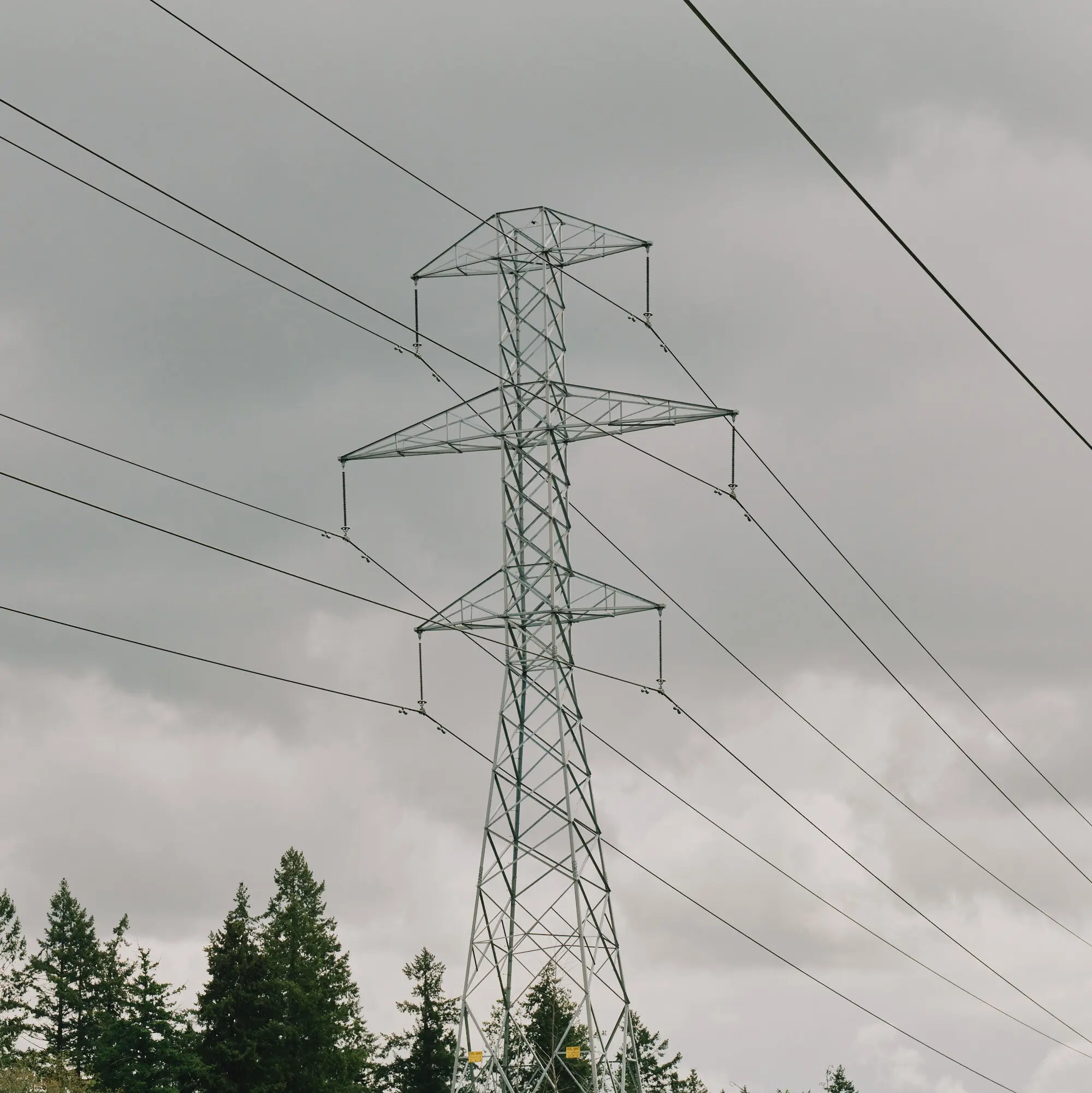The debt limit deal and climate action
from NY Times
| President Biden and Congress have wrangled a big political deal to raise the country’s debt ceiling. |
| Tucked into that deal are some changes to how the government approves new projects that bear on the country’s climate goals, whether pipelines or bus lanes. While these tweaks are fairly modest, they’re part of a broader push by many lawmakers for something known as permitting reform, which could affect how quickly the United States cleans up its climate pollution. |
| We want to break that down for you today, without the wonky jargon. |
| Trust us, this is not just a Washington political story. It affects you and your communities. Also foreign policy. |
| Behind the jargon: A way to get big things done. |
| Permitting reform refers to efforts to change the rules, including those under the National Environmental Policy Act, or NEPA, that govern how, and how quickly, federal agencies authorize big projects. That could be congestion pricing on cars in Manhattan or a big solar array on federal lands, or, hardest of all, transmission lines that can go through many state and city jurisdictions. |
| Those who want to build any of those projects have to first detail what the environmental impacts could be, and they have to seek public input. It’s, well, democracy. |
| The debt ceiling deal would surely speed up one thing. |
| That’s the Mountain Valley Pipeline. It’s a big win for the established oil and gas producers and their champion in the Senate, Joe Manchin III, a West Virginia Democrat. How polluting the pipeline would be is a matter of debate. But opponents say a new gas pipeline, which would operate for decades, defies the scientific consensus that the world needs to move quickly away from fossil fuels in order to slow down climate change. |
| So would renewable energy projects get built faster? |
| That’s unclear. |
| One section of the bill is designed to speed up energy projects of all kinds, polluting or not, by designating a lead agency to oversee environmental reviews and requiring that they are completed in one to two years. In theory, that could speed up oil and gas projects as well as renewables. But those deadlines could prove tough to enforce, and some experts say those changes would have only a modest impact. |
| It doesn’t resolve the most urgent question. |
| Most significantly, the bill leaves unsettled whether the permitting of new transmission lines will be accelerated. |
| Why are transmission lines so important? Because they can carry electricity from solar arrays and wind farms to the communities that need it. There aren’t nearly enough of them, as we explained in a recent article. The sheer volume of wind and solar projects that have been built recently “has overwhelmed the nation’s antiquated systems to connect new sources of electricity to homes and businesses.” |
| There’s also the need to make the electricity grid flexible enough to deal with higher demand when extreme heat or cold prompts us to crank up air-conditioners or heaters. Right now, our systems are often not fit for that purpose. It’s one of the reasons we’re seeing power failures during heat waves and winter storms, and that’s super dangerous. |
| A whole host of things stand in the way of new transmission lines, including permitting and arguments over who should pay for them. |
| So how did the debt ceiling negotiations address this? They didn’t. |
| Democrats had floated a proposal to encourage new transmission lines that would connect different parts of the country but that was stripped out. Instead, the bill mandates that the issue be studied. There have been many such studies already. So the debt ceiling deal may end up delaying efforts to modernize the grid. |
| While lawmakers say they will revisit transmission later, critics say this was a missed opportunity at a time when the United States needs to move far more quickly. Some worry that Congress may have missed its best shot to encourage new power lines. And the stakes are high: One study found that unless the United States speeds up the rate at which it builds transmission, more than 80 percent of the climate benefits of last year’s big clean energy law could be squandered. |
| How does this affect America’s global standing? |
| The Biden administration’s ability to show the world that it is serious about taking climate action rests not only on its bold promises to reduce its greenhouse gas emissions but also on its ability to keep its promises. Without grid modernization, that could prove extremely difficult. |
| Environmental campaigners have something new to weigh: Is faster better? |
| NEPA has been used to delay and block all kinds of big infrastructure projects, including oil and gas pipelines. Campaigners have become deft at stopping things, using environmental regulations. |
| Now, though, the United States needs to get much better at building new infrastructure quickly to meet its climate goals. That could be a new subway line or a bus-only lane to encourage city commuters to rely less on cars. Or it could mean an offshore wind farm, or those transmission lines that can get that wind energy to homes and businesses to reduce reliance on fossil fuels. The question now is whether the permitting process for those projects should be streamlined. And if it is, would that cause more environmental harm in the places where they are built and for the plants and animals that live there? |

